The FEMA Podcast is a new audio program series available to anyone interested in learning more about the Agency, hearing about innovation in the field of emergency management, and listening to stories about communities and individuals recovering after disasters.
The FEMA Podcast is available on Apple iTunes to stream or download. Approximately 20 to 30 minutes in length, the podcast will be updated with a new episode on a weekly basis. Also included in the weekly podcast is a link to the transcript. Listenering will have the ability to subscribe new episodes will then automatically update on a listeners device.
We encourage emergency management professionals and the general public to listen in and be sure to follow us on Facebook, Twitter and Instagram where you can join the conversation every time a new episode is posted. To submit ideas for a FEMA podcast topic, send us an email at FEMA-podcast@fema.dhs.gov.
Episode 28: DRRA - Transformational Legislation for Emergency Management.
Listen: On October 5, 2018, President Donald Trump signed the Disaster Recovery Reform Act of 2018 (DRRA) into law as part of the Federal Aviation Administration Reauthorization Act of 2018. FEMA worked closely with Congress over the past year as they considered, and ultimately passed, important reforms to federal disaster programs. These reforms acknowledge the shared responsibility of disaster response and recovery, aim to reduce the complexity of FEMA and build the nation’s capacity for the next catastrophic event. On this episode we caught up with Jessi Nalepa, Director of FEMA’s Office of External Affairs for a conversation about what is included in this landmark legislation. (Host: Mark Peterson; Featuring: Jessi Nalepa).
Episode 27: My Preparedness Initiative (MyPI): Teaching Preparedness to America's Youth
Listen: FEMA created the Youth Preparedness Council (YPC) in 2012 to bring together young leaders who are interested in supporting disaster preparedness and making a difference in their communities, by completing disaster preparedness projects nationally and locally. We discuss with individuals who are helping youth become part of this initiative throughout a program called My Preparedness Initiative (MyPI).
Episode 26: Beatrice, Nebraska – A Successful Disaster Mitigation Story
Listen: On this episode of the FEMA Podcast, we met with experts to discuss how mitigation efforts in Beatrice, Nebraska have reduced the flood risk to lives and property.
Episode 25: EAS WEA Test
Listen: On October 3rd, 2018 at approximately 2:20 PM eastern time, FEMA will conduct a national test of the integrated public alert and warning system. This national system which includes the emergency alert system and the wireless emergency alerts will provide authenticated emergency information from emergency officials to the public through radio, television, cellular phones and some internet applications. We sat down with Antwan Johnson, the director of the integrated public alert and warning program at FEMA headquarters, to help explain what people can expect from the test and why it's an important step in developing a more prepared nation.
Episode 24: One Year Look Back on the Puerto Rico Hurricane Recovery Efforts
Listen: A year ago, Hurricanes Irma and Maria devastated Puerto Rico, and since that time, FEMA, and numerous federal partners and the government of Puerto Rico have undertaken one of the largest post disaster reconstruction and humanitarian efforts in U.S. history. Major portions of the island’s infrastructure are being rebuilt as federal agencies support the government of Puerto Rico's plan to restore the island's lifeline systems, and enable Puerto Rico to withstand the storms to come. Never before has FEMA coordinated federal resources to rebuild an entire Commonwealth with a population of 3.3 million people, 78 municipalities, electrical, water and telecommunication systems, seaports, airports, schools, healthcare systems, roads and bridges. Overall, in 2017, hurricanes, Irma, Maria, and other disasters affected nearly 47 million people throughout the United States. While recovery continues, FEMA and its interagency partners remain focused and dedicated to continued stabilization and resilience of impacted communities. Mike Byrne, one of FEMA’s most qualified federal coordinating officers deployed soon after Maria's landfall in Puerto Rico to help lead the coordination of the federal government support. On this episode we spoke with Mike Byrne about his experience over the last year and how he sees the status of recovery in Puerto Rico one year after Hurricane Maria made landfall.
Episode 23: National Preparedness Month – Disasters Happen. Prepare Now, Learn How.
Listen: On this episode, we spoke to Matt Lyttle from FEMA's Individual and Community Preparedness Division about some key areas of preparedness.
Episode 22: Surge Capacity Force
Listen: In the aftermath of a catastrophic event, the Department of Homeland Security (DHS) turns to its Surge Capacity Force, a cadre of federal employees who help affected communities by supporting the Federal Emergency Management Agency’s (FEMA) urgent response and recovery efforts. The Surge Capacity Force is made up of federal employees from every department or agency in the federal government.
Episode 21: National Flood Insurance Program 50 Year Anniversary
Listen: FEMA’s National Flood Insurance Program (NFIP) turned 50 years old this month and has seen its fair share of growth and noteworthy achievements to become what it is today. In this episode of the FEMA Podcast, we discuss the program with Carl Cook and Chuck Steele, both founding employees and program leaders of the NFIP. In this interview they discuss what it was like in the early days of the program and how they worked to grow the program and involve communities.
Episode 20: 10 Years After Disaster - A First-Hand Look at Iowa's Historic Flood Recovery
Listen: In the summer of 2008, much of the state of Iowa was under siege from tornadoes, severe storms and flooding. As a result, 85 of Iowa’s 99 counties were designated for federal disaster assistance. Beth Freeman experienced the 2008 flooding first-hand when her community of Cedar Rapids was devastated. She then went on to oversee FEMA funding for thousands of recovery projects throughout the state. Hear her story and how a decade of resilient actions has better prepared Iowa for future disasters.
Episode 19: 10 Years After Disaster - The University of Iowa Stands Tall in Flood Protection
Listen: In the summer of 2008, the University of Iowa suffered a disaster beyond imagination. The usually scenic Iowa River that winds through campus became a formidable enemy to the state’s largest higher-education institution when it raged beyond its banks to historic flood levels, damaging more than 22 campus buildings. The university had to move quickly – not only to stay in business but to begin what would become an eight-year journey of recovery. University Architect Rod Lehnertz, who led the campus restoration, tells that story of recovery, the lessons learned and how the university is fighting back to minimize the impact of future floods.
Episode 18: Living History - How Two Devastating Disasters Changed Iowa and the Nation For the Better
Listen: The summers of 1993 and 2008 have one thing in common: historic, devastating floods. The state of Iowa was severely impacted by both events. John Miller had a unique, front-row seat to both disasters – first as a FEMA Regional Administrator who oversaw the agency’s role in much of the 1993 flood recovery for four Midwestern states – and then as a local official for Black Hawk County, Iowa, in 2008 when floods would again devastate the state. Hear his unique perspective of how two events, 15 years apart, caused changes to better protect lives and property, and the steps others can take to continue forging a more resilient nation.
Episode 17: From the Bottoms to a Bluff
Listen: After 15 feet of floodwater inundated Valmeyer, Illinois in 1993, the town knew they wanted to revive the community, but in a smart, resilient way. On this episode, we talk to former Valmeyer mayor, Dennis Knobloch, and long-time local, Lucy Engbring, to learn how a community of determined residents and city leaders successfully moved their entire town two miles away, and 400 feet in the air.
Series Preview: A Look Back at the 1993 & 2008 Midwest Floods
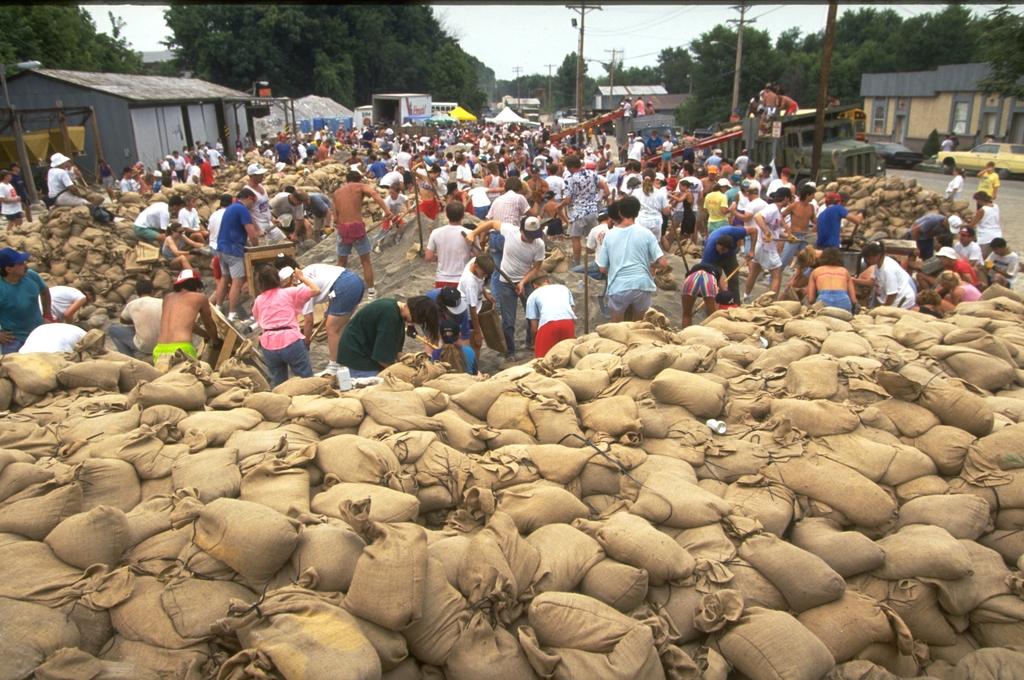 Listen: This preview kicks off a week long commemoration of two flooding events remembered as some of the most devastating our nation has ever endured. While the magnitude and severity of the Great Midwest Flood of 1993 and the 2008 Midwest floods broke a long list of historic records during the months of deluge they wrought to America’s Heartland, it was the resiliency and hard-fought recovery of the communities that were impacted that remain the lasting memory of these events.
Listen: This preview kicks off a week long commemoration of two flooding events remembered as some of the most devastating our nation has ever endured. While the magnitude and severity of the Great Midwest Flood of 1993 and the 2008 Midwest floods broke a long list of historic records during the months of deluge they wrought to America’s Heartland, it was the resiliency and hard-fought recovery of the communities that were impacted that remain the lasting memory of these events.
Agency Update: National Flood Insurance Program (NFIP) Turns 50
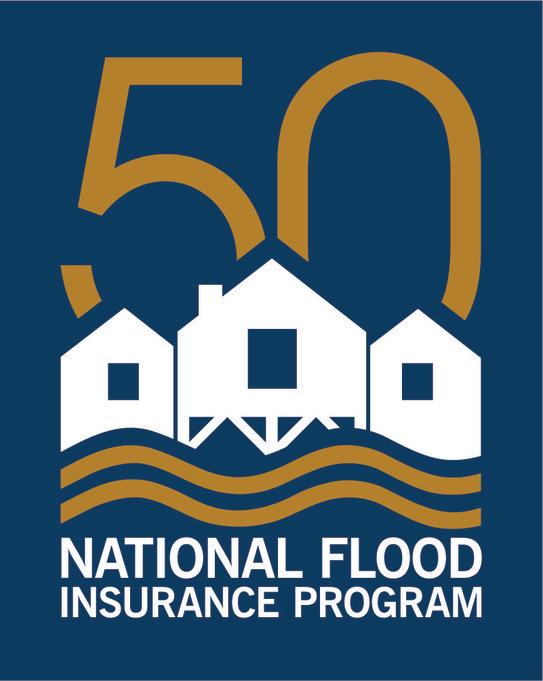 Listen: August 1st marks the 50th anniversary of the National Flood Insurance Act, the guiding legislation for the National Flood Insurance Program (NFIP). On this agency update, we talk to David Maurstad, chief executive of the National Flood Insurance Program, about the history and the future of the NFIP.
Listen: August 1st marks the 50th anniversary of the National Flood Insurance Act, the guiding legislation for the National Flood Insurance Program (NFIP). On this agency update, we talk to David Maurstad, chief executive of the National Flood Insurance Program, about the history and the future of the NFIP.
Episode 16: Disaster Planning
Listen: On this episode, Josh Dozer, Director of the Planning and Exercise Division at FEMA Headquarters, joins the podcast for a look at how we work with our partners to plan for a variety of disaster and emergency scenarios, including some you would expect and others you might be surprised by. From hurricanes, to space weather, or tornadoes to Ebola - this episode is all about disaster planning.
Episode 15: 28 Years of the ADA
Listen: This year, the Americans with Disabilities Act (ADA) is 28 years old and FEMA remains committed to ensuring that all Americans have access to its programs and the programs we coordinate during disasters. This week we discuss the Americans with Disabilities Act with Linda Mastandrea, FEMA’s Director of the Office of Disability Integration and Coordination (ODIC).
Episode 14: Roundtable Discussion Live at the Youth Preparedness Council Summit
Listen: FEMA created the Youth Preparedness Council (YPC) in 2012 to bring together young leaders who are interested in supporting disaster preparedness and making a difference in their communities, by completing disaster preparedness projects nationally and locally. The YPC supports FEMA’s commitment to involve America’s youth in preparedness-related activities. It also provides an avenue to engage young people by taking into account their perspectives, feedback and opinions.
On this episode of the FEMA Podcast, we sit down with members of the Council at the 2018 Youth Preparedness Council Summit to get their perspective on the importance of youth preparedness in America.
Agency Update: FEMA Releases the 2017 Hurricane Season FEMA After-Action Report
Listen: FEMA recently released its 2017 Hurricane Season After-Action Report. The report examines the agency’s performance during the record breaking season. Last year, hurricanes Harvey, Irma, and Maria devastated the nation at a time when FEMA was already supporting 692 federally declared disasters. During response to the three catastrophic hurricanes, FEMA also responded to the historic wildfires in California. The report captures transformative insights from a historic hurricane season that will help FEMA, the emergency management community, and the nation chart the path into the future. On this Agency Update we discuss the report and its implications with Associate Administrator for Response and Recovery, Jeff Byard, and the Director of our National Preparedness Assessment Division, Katherine Fox.
Episode 13: Waverly, Indiana – Transforming a Community with Vision, Determination … and Mitigation
Listen: How do you move a whole town out of harm’s way while preserving the town’s history and keeping it as a functional community space?
For more than 100 years, a small riverside town in Waverly, Indiana, endured repeated flooding. By 2005, state and local officials began to address the problem, and over the last decade the community has transformed into a living history park with restored and reclaimed historical structures, added walking paths, canoe/kayak portage sites, and other amenities. We visited this transformed landscape to learn more about the FEMA hazard mitigation grants and additional state, local, and private sector funding that was used to acquire properties in the floodplain. Property owners voluntarily sold their property so the land could be returned to open space, reducing the amount of emergency response resources that are required during flood events in Morgan County.

Agency Update: Transitional Sheltering Assistance Ending in Texas and Puerto Rico
Listen: FEMA’s Transitional Sheltering Assistance for Texas and Puerto Rican residents affected by last fall’s hurricanes will be ending Saturday, June 30, 2018. The program was designed to provided short-term accommodations — such as hotel stays — for individuals impacted by these hurricanes. On this Update Edition of the FEMA Podcast, we speak with Zach Usher, Branch Chief for Mass Care, FEMA, to help explain the TSA program and how it fits into a combined effort by governmental and nonprofit agencies to assist disaster survivors’ transition from short-term sheltering to longer-term housing.
Actualización de la Agencia: El Programa de Asistencia de Alojamiento Transitorio (o TSA en inglés) de la Agencia Federal para el Manejo de Emergencias conocido como FEMA finaliza en Texas y Puerto Rico
Escucha: El Programa de Asistencia de Alojamiento Transitorio (o TSA en inglés) finaliza en Texas y Puerto Rico el sábado, 30 de junio de 2018, para los residentes afectados por los huracanes del otoño pasado. El programa de TSA fue diseñado para ofrecer alojamiento a corto plazo, como estadías en hoteles, a las personas afectadas por estos huracanes. En esta edición especial del Podcast de FEMA, hablaremos con Emilia Diaz, Analista del Programa de Recuperación de FEMA para que nos explique el programa de TSA y como este trabaja en concierto con organizaciones gubernamentales y organizaciones sin ánimo de lucro para asistir a los sobrevivientes en la transición de refugios provisionales a corto plazo a alojamiento a una vivienda más estable a largo plazo.
Episode 12: Community Emergency Response Teams (CERT)
Listen: When it comes to disasters there is no way to predict when the next one will occur. But we can do things to prepare. FEMA’s Community Emergency Response Team training, or CERT, is one way to help communities prepare for a disaster or large event. We’ll be learning more about CERT from two guests, including Phil Amtower, the Coordinator for Christian County CERT and Task Force Leader for the Missouri CERT 1, a Regional CERT Team in Southwest Missouri, and Christopher Carroll, the Kansas City, Missouri CERT Coordinator.
Episode 11: Flood Insurance- Mandatory Purchase Requirement
Listen: Homes and businesses in high-risk flood areas with loans, including mortgages, from federally regulated lenders are required to have flood insurance. This is called a “mandatory purchase requirement” under the National Flood Insurance Program. On this episode of the FEMA Podcast we discuss this requirement in more detail and explain who is and who is not required to buy flood insurance.
Episode 10: Closing the Insurance Gap
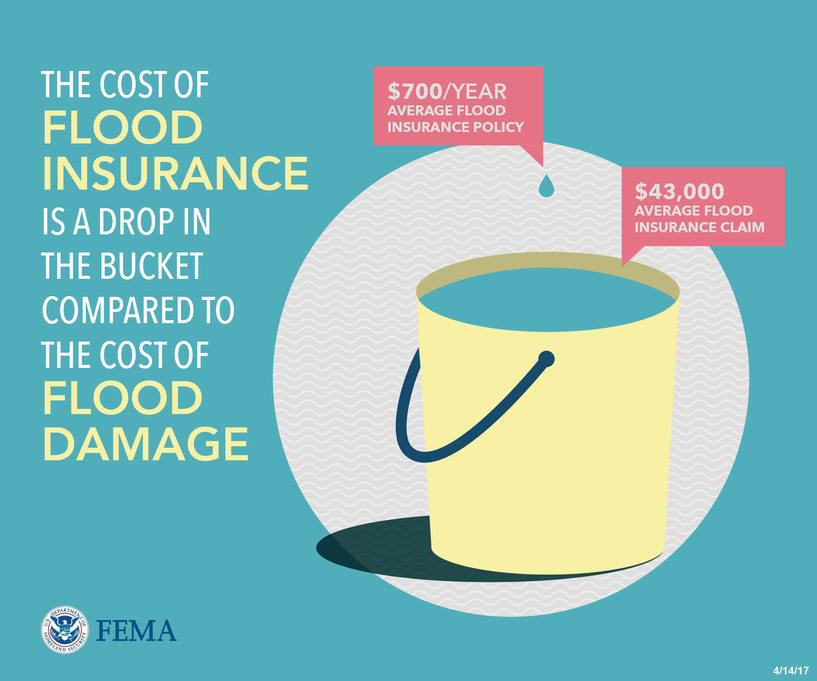 Listen: Floods are the most common natural disaster in our nation, yet less than 50 percent of homes in the highest risk area across the country are insured against this type of disaster.
Listen: Floods are the most common natural disaster in our nation, yet less than 50 percent of homes in the highest risk area across the country are insured against this type of disaster.
To understand the idea of closing the insurance gap, we sat down with David Maurstad, FEMA’s assistant administrator for federal insurance, to discuss Administrator Long’s vision for equipping Americans with the knowledge and the call to action to financially prepare for disasters.
Episode 9: Hurricane Hunters
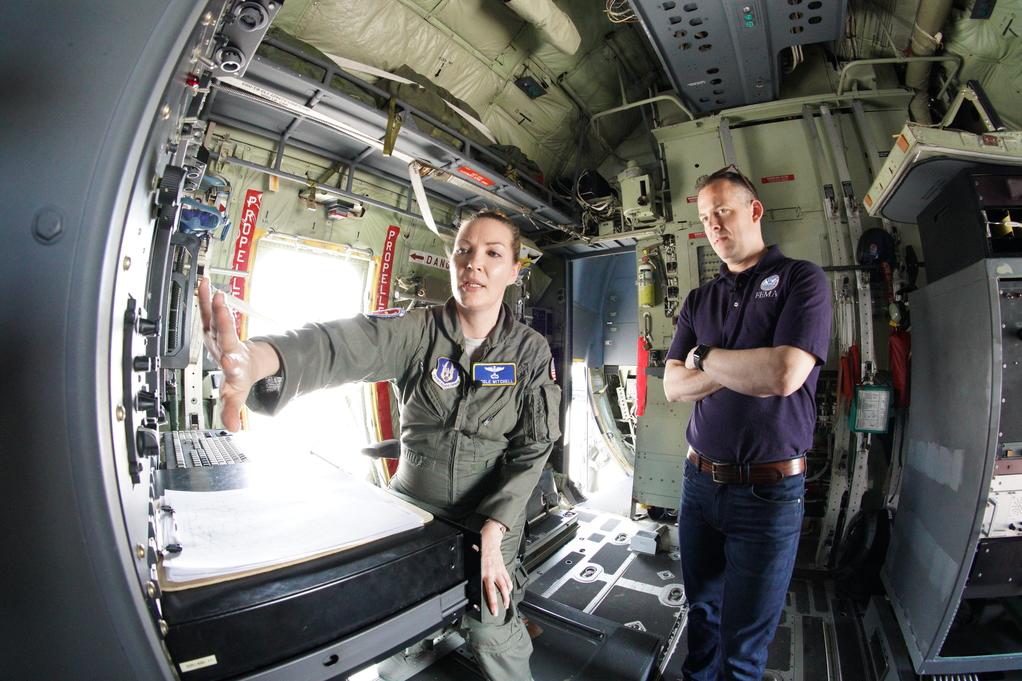 Listen: We catch up with the brave men and women of the US Air Force Hurricane Hunters. Major Nicole Mitchell, who is a meteorologist with the hunters, gives us a tour of the aircraft and discusses what it’s like to fly right through the most intense parts of a hurricane.
Listen: We catch up with the brave men and women of the US Air Force Hurricane Hunters. Major Nicole Mitchell, who is a meteorologist with the hunters, gives us a tour of the aircraft and discusses what it’s like to fly right through the most intense parts of a hurricane.
Episode 8: Conversation with Andy Neal, Chief Actuary of FEMA’s National Flood Insurance Program
Listen: FEMA’s own Andy Neal (and team) from the National Flood Insurance Program (NFIP), was chosen as one of the 27 finalists for the Management Excellence Category of the Samuel J Heyman Service to America Medal – the “Sammie”. On this episode of the FEMA Podcast we talk with Andy Neal about the process of diversifying the NFIP’s risk through reinsurance, and what the Sammie Nomination has meant for his program.
Episode 7: Conversation with Ken Graham, Director National Hurricane Center
 Listen: Ken Graham is the Director of NOAA’s National Hurricane Center located in Miami, Florida. He joins the Podcast while in Montgomery, Alabama, at one of the annual Hurricane Awareness Tour stops and discusses some of the things the Hurricane Center learned from the 2017 hurricane season and how the center is working to provide better information to save lives and property.
Listen: Ken Graham is the Director of NOAA’s National Hurricane Center located in Miami, Florida. He joins the Podcast while in Montgomery, Alabama, at one of the annual Hurricane Awareness Tour stops and discusses some of the things the Hurricane Center learned from the 2017 hurricane season and how the center is working to provide better information to save lives and property.
Episode 6: Making "Cents" of Disasters
Listen: Did you know more than 60% of Americans have less than $1,000 in savings, 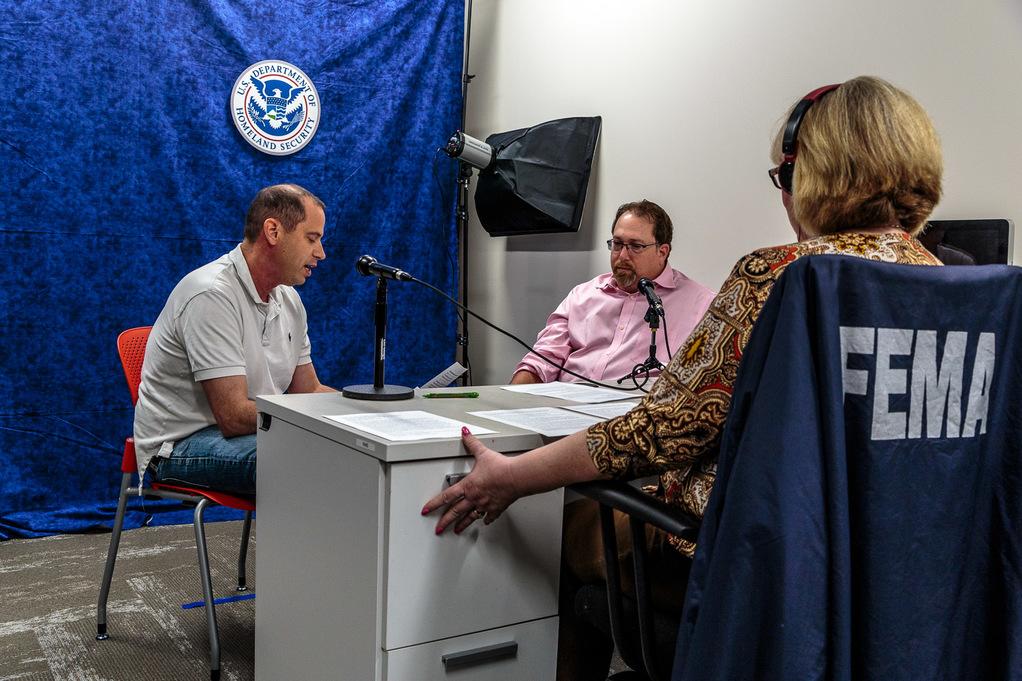 making it extremely difficult to recover from an emergency—whether it is a natural disaster or a broken water heater?
making it extremely difficult to recover from an emergency—whether it is a natural disaster or a broken water heater?
When people hear about disaster preparedness, regardless of the hazard, we often do not focus much on the financial aspect and financial preparedness. Having a financial preparedness plan is an important part of your overall emergency plan. Being financially prepared can make a huge difference following disasters. On this episode, Alan Becker, the host of the radio program, Retire Right Radio joins the FEMA Podcast to discuss the importance of putting yourself in the best position to bounce back financially from a disaster.
Episode 5: Immersed in Mitigation
Listen: Immersed is a Virtual Reality experience developed by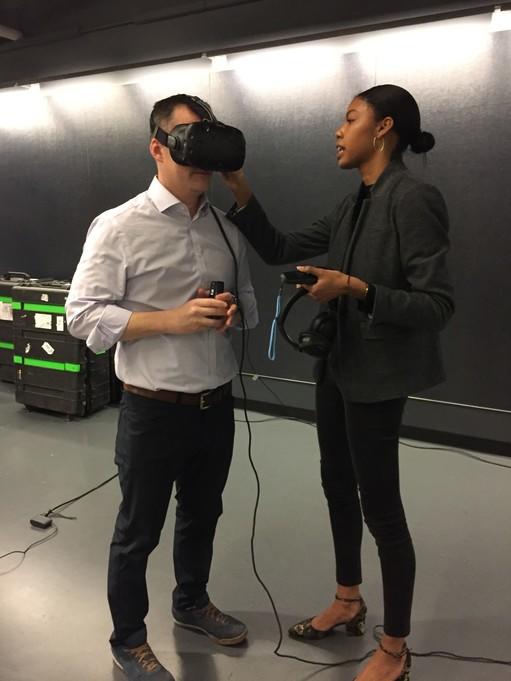 FEMA and its partners that puts the users at the very center of a flood crisis and uses that experience to understand the costs and impacts of flooding, but also to see the benefits of actions that communities can take to prevent that flooding mitigation. In this episode, we explore this exciting tool and how it will help local officials and eventually the public make better decisions about their risks.
FEMA and its partners that puts the users at the very center of a flood crisis and uses that experience to understand the costs and impacts of flooding, but also to see the benefits of actions that communities can take to prevent that flooding mitigation. In this episode, we explore this exciting tool and how it will help local officials and eventually the public make better decisions about their risks.
Episode 4: Earthquake Preparedness
Listen: Did you know that there were over 200 earthquakes in the State of Missouri last  year? In this episode, FEMA discusses the history of the New Madrid seismic zone and earthquake preparedness with Jeff Briggs, Earthquake Manager for the Missouri State Emergency Management Agency (SEMA).
year? In this episode, FEMA discusses the history of the New Madrid seismic zone and earthquake preparedness with Jeff Briggs, Earthquake Manager for the Missouri State Emergency Management Agency (SEMA).
Episode 3: Severe Weather Time in the Midwest
Listen: Across the Midwest, the month of March is the time to focus on preparedness for  severe weather. In this episode, FEMA Region VII (with HQ in Kansas City, MO) discusses state preparedness efforts with Stefanie Bond, Public Information Officer with IHSEM (Iowa Homeland Security and Emergency Management) and Jodie Fawl, Public Information Officer with NEMA (Nebraska Emergency Management Agency).
severe weather. In this episode, FEMA Region VII (with HQ in Kansas City, MO) discusses state preparedness efforts with Stefanie Bond, Public Information Officer with IHSEM (Iowa Homeland Security and Emergency Management) and Jodie Fawl, Public Information Officer with NEMA (Nebraska Emergency Management Agency).
Episode 2: 1997 Floods: East Grand Forks Minnesota, From Tragedy to Resilience
Listen: For many Minnesotans, the spring of 1997 is a stark memory of catastrop hic, costly flooding along the Red River. Water as deep as 54 feet spilled three miles inland to flood entire towns. One of the hardest hit communities was East Grand Forks, Minn., where 99 percent of homes were affected by the disaster, and the entire city’s population had to be evacuated due to the rapidly rising waters.
hic, costly flooding along the Red River. Water as deep as 54 feet spilled three miles inland to flood entire towns. One of the hardest hit communities was East Grand Forks, Minn., where 99 percent of homes were affected by the disaster, and the entire city’s population had to be evacuated due to the rapidly rising waters.
Such a large recovery was hard fought and long-term, requiring the coordination of many to get it done. Local, state and federal agencies, along with voluntary agencies, community organizations, local businesses and residents were all a critical part of the rebuilding process.
Episode 1: Administrator Brock Long: A Look Back & The Path Ahead
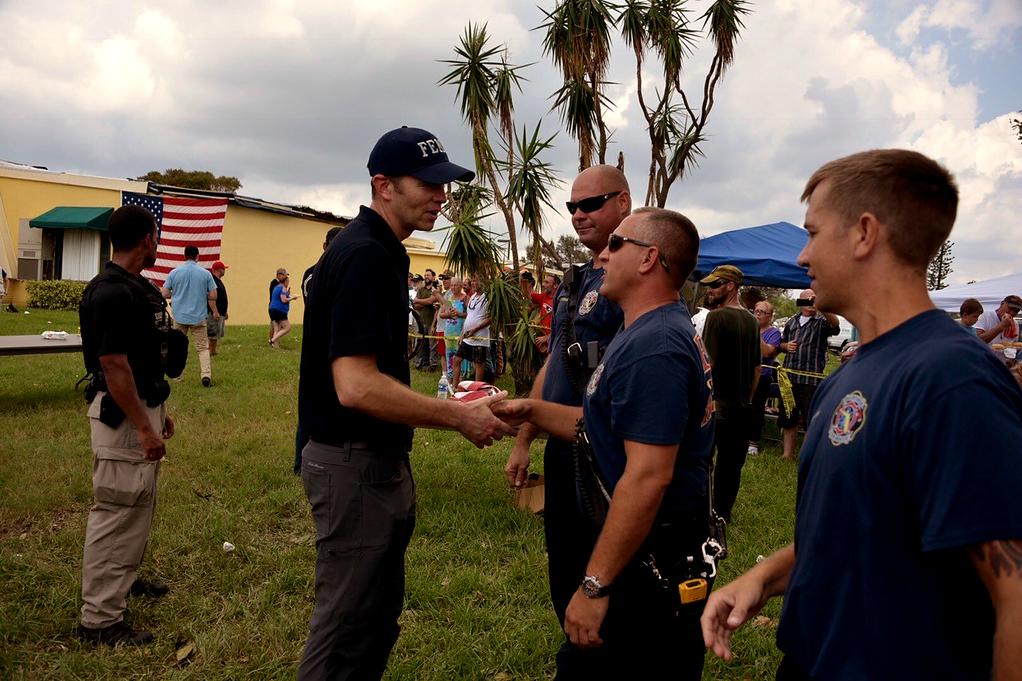 Listen: The inaugural FEMA Podcast is an in-depth one-on-one with FEMA Administrator Brock Long as he gives listeners insight into his first 8 months on the job and FEMA’s large-scale response to the historic 2017 hurricane season. Long details his vision for the Agency’s future while outlining the efforts underway to ensure FEMA successfully serves the American public before, during and after a disaster. Tune in, and learn something new about the Federal Emergency Management Agency.
Listen: The inaugural FEMA Podcast is an in-depth one-on-one with FEMA Administrator Brock Long as he gives listeners insight into his first 8 months on the job and FEMA’s large-scale response to the historic 2017 hurricane season. Long details his vision for the Agency’s future while outlining the efforts underway to ensure FEMA successfully serves the American public before, during and after a disaster. Tune in, and learn something new about the Federal Emergency Management Agency.
